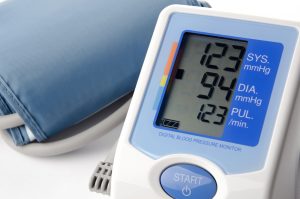
Are they of equal importance or not?
For starters, let’s take a look at what they are. The “systolic” blood pressure is the top number you see when your blood pressure is read. It measures the pressure inside your arteries when your heart contracts.
The bottom number is called the diastolic. It is always the lower number because it measures the pressure in arteries in the resting period between heartbeats.
Both are important. However, systolic pressure receives far more attention. It has for some time.
High blood pressure occurs when systolic blood pressure is 130 or higher and diastolic is 80 or higher. However, past research has typically shown that higher diastolic blood pressure is more closely linked to stroke or other cardiac events.
In some people, particularly older people, high systolic blood pressure is more likely. This is because arteries tend to become less elastic and accommodating to larger surges of blood. Because there is less space to pass through, systolic blood pressure goes up, while diastolic may remain the same or even go down.
A 2019 study, however, suggested that diastolic blood pressure may not have as big of a role in cardiac outcomes compared to systolic, if it does affect risk independently of systolic pressure.
Put simply, it is worth paying attention to both.
If you check your blood pressure at home, pay attention to both numbers. And, of course, make sure you’re following the directions to get accurate readings.